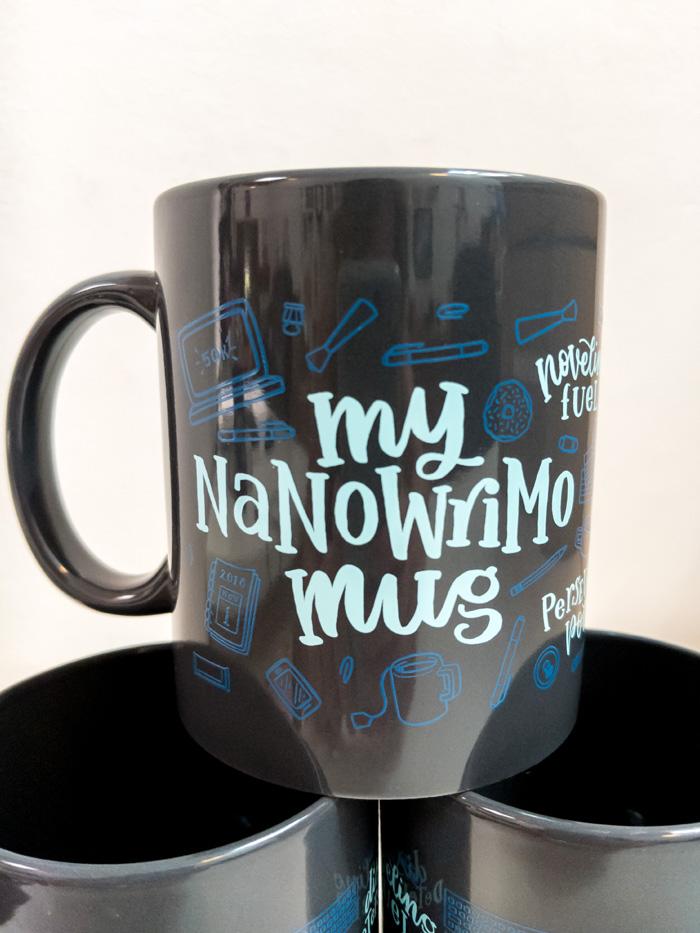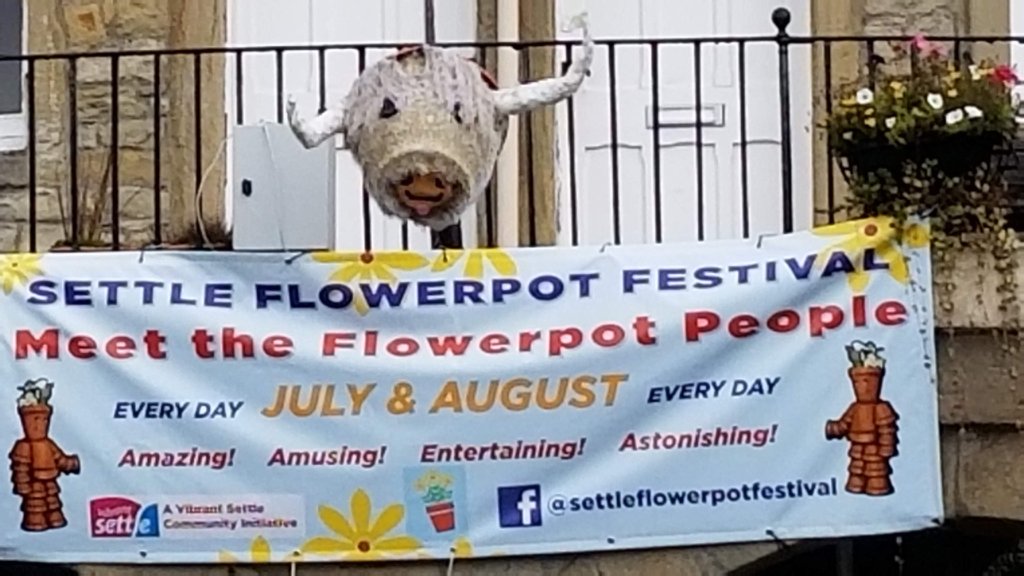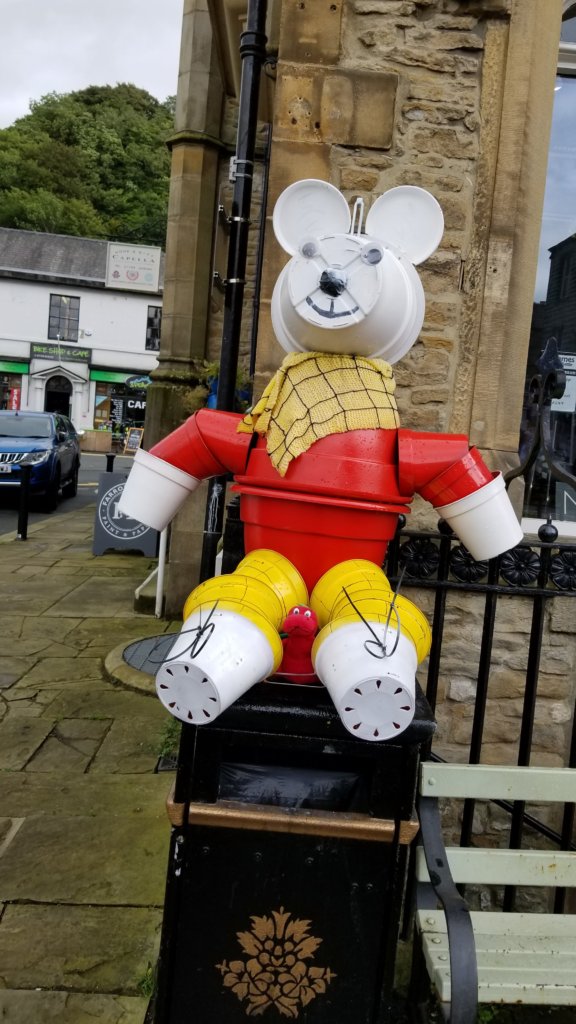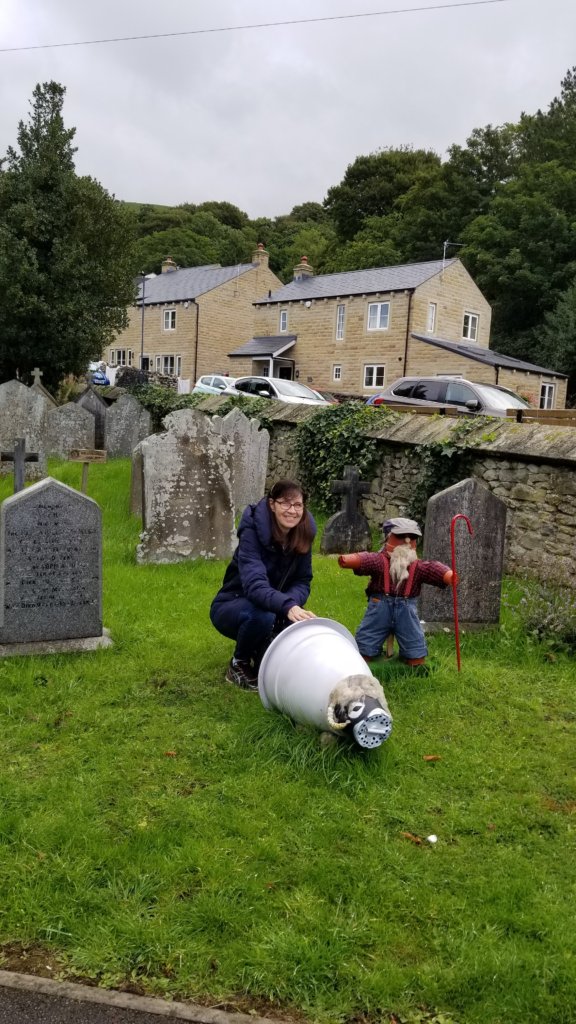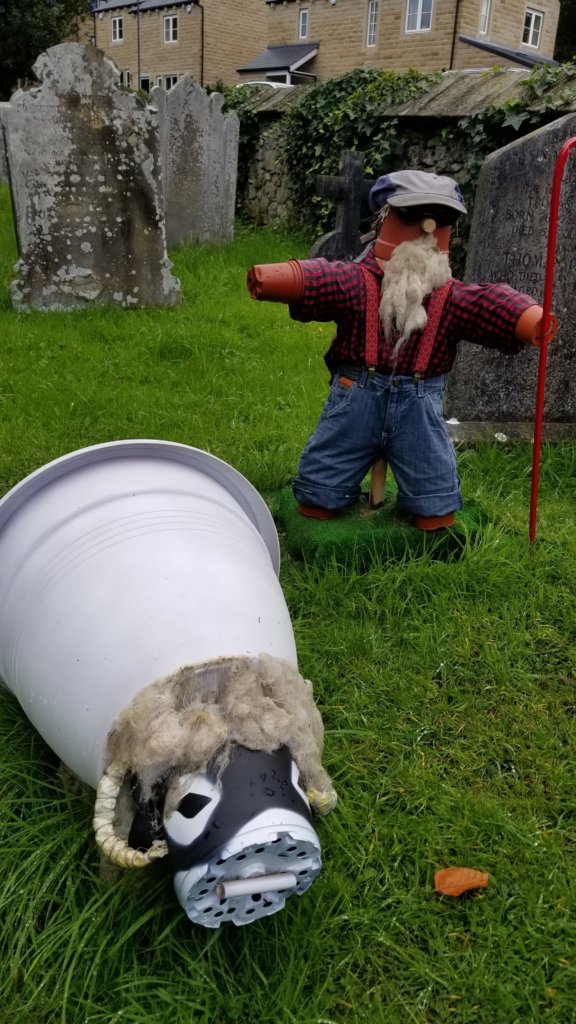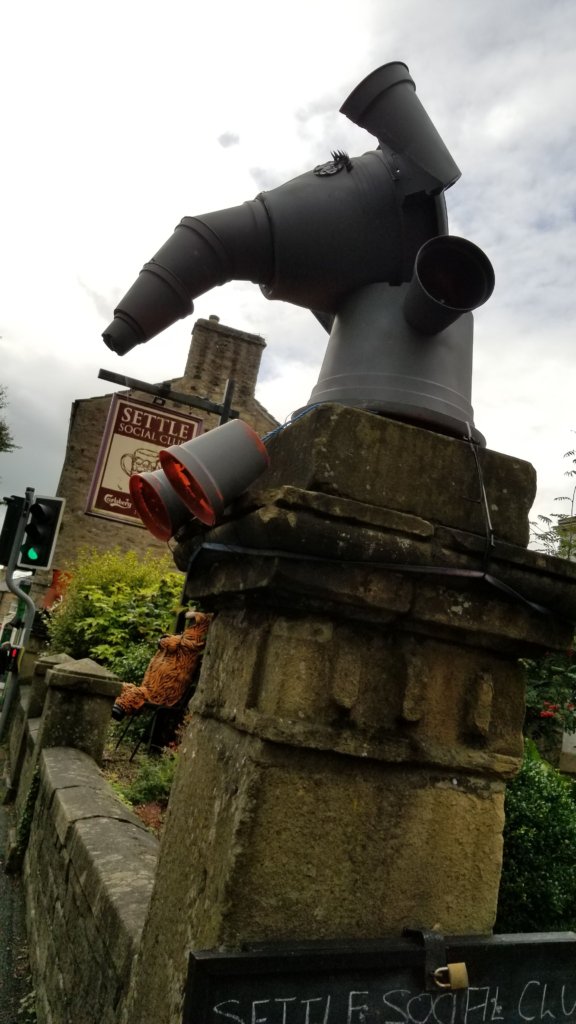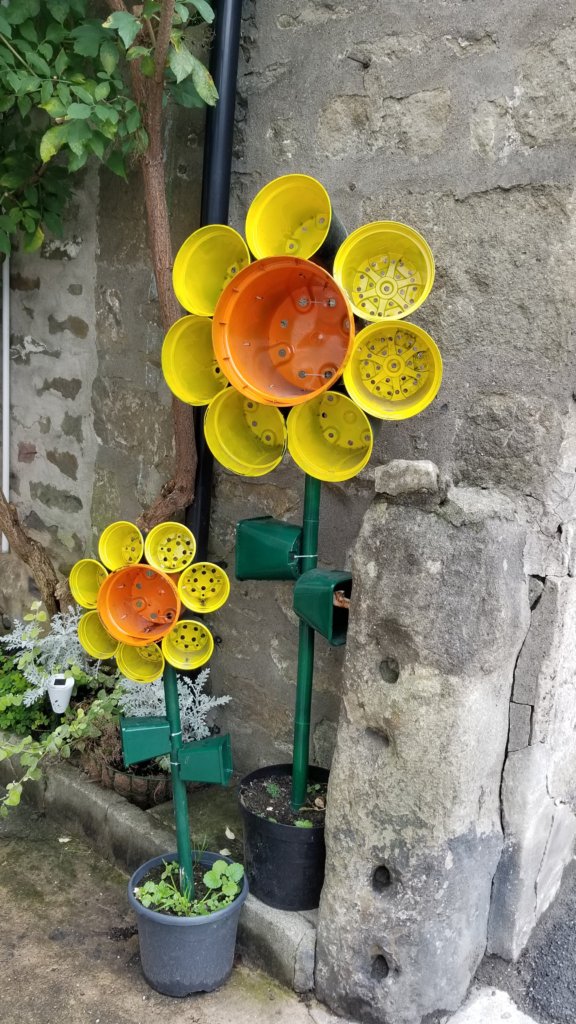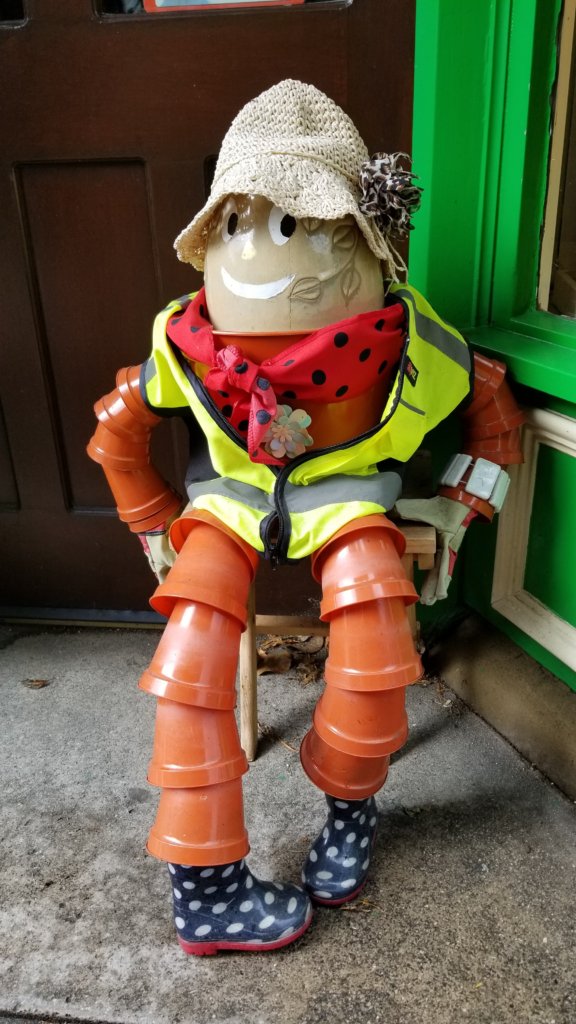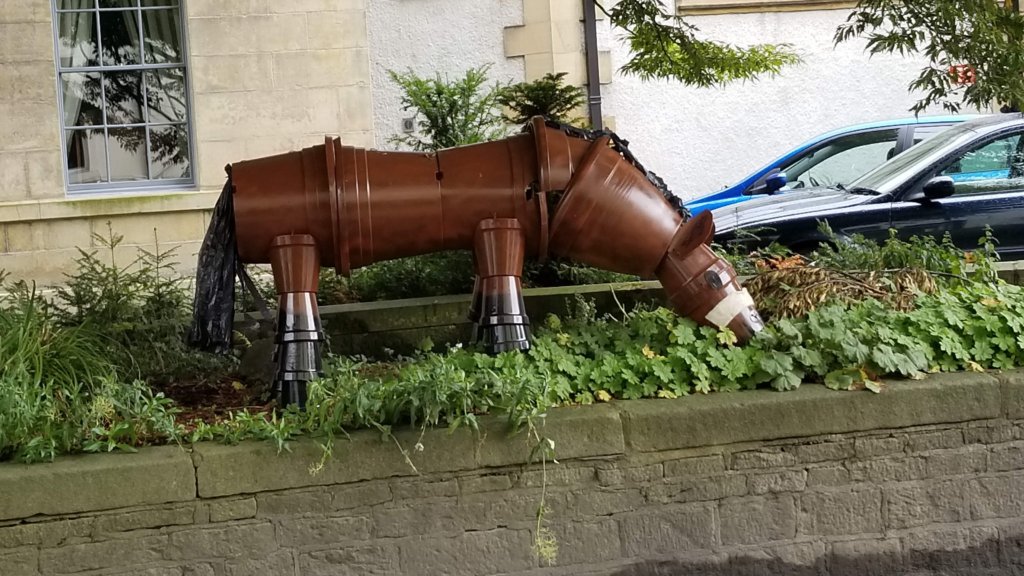 Are you ever overwhelmed by clutter (even good clutter)?
Are you ever overwhelmed by clutter (even good clutter)?
This will be primarily a photo sharing blog post—and you can skip to the last half of the post if you want to—but I want to share what prompted my office decluttering project.
I have a small 10-foot X 10-foot office which holds a treadmill/desk, a computer desk, a large table, and nine bookcases.
Plenty of room for books, right?
You’d think so, but I also had books stacked everywhere, and no place to work or spread out research and papers. I have writing deadlines I must meet this summer, but I couldn’t settle down to work in my terribly cluttered office.
What To Do When Life Happens: Buy Books!
Since January when I broke my hand, followed by a couple of eye surgeries, things have piled up in my office. The rest of my house is junk free (other than closets and pantry), but I struggle with my office. Especially considering my bargain book-buying habit.
Lately, I’ve avoided my office, but there’s no other good place in my house to work. The chairs elsewhere hurt my back. There’s noise (even though I have a quiet husband). And my reference materials are stored in the office.
I thought my trouble was focusing as I’ve tried to get a grasp on my writing time since returning from vacation. But when reading I Was Busy, Now I’m Not by Joseph Peck, I was struck rather forcibly by this statement:
“There are two things to organize—your time and your space… Removing clutter from your physical environment helps you think more clearly and brings more peace. Getting organized is crucial to the matter of redeeming the time.”
Where Do I Start? Unclutter 101
I had tried to straighten up my office many times, but I simply had no room for everything, especially the books I had collected for the last 25 years. What to do? As when dealing with any issue, I figured there was help available “out there,” and so there was. I found the Becoming Minimalist website and signed up for a 12-week Uncluttered course. I thought that surely, with the help of videos and weekly email pep talks, I could bite the bullet and get my office functional again.
One weekend and fourteen fewer bags of books later, it looks terrific. (See the contrast below.) All the book shelves are still full, but the floors are clear, I can see the treadmill again, I re-discovered so many unread books, and I can find things! Five bags of books were donated to the Book Cellar downtown for re-sale, and nine bags of books went out in the trash. (I mark up all my nonfiction and scribble notes all over the margins, and no one wants them for re-sale.)
Saying Good-Bye to Friends
I grieved, truly, as I parted with my books. I glanced in many of them, noting the dates and messages in the margins which reminded me of what I was dealing with at the time. Those writing books and self-help books chronicled my various recoveries over the years, and those books were like my friends. Those authors and their support or advice were always at my fingertips. If only I could have kept them all!
Here are the before and after photos of various parts of my office. There are many British photos and mementos from my trips to England, and yes, my mini Christmas tree with the British ornaments stays up all year. I love my office now and can’t wait to go in there in the morning. The minute I sit down at my cleared-off desk, I actually feel focused. And I am still surrounded by a ton of books, which makes me really happy.
If you need to do this too, I hope you bite the bullet. You may find that it’s the only cure you need to give yourself instant focus.
BEFORE and AFTER Removing the Clutter
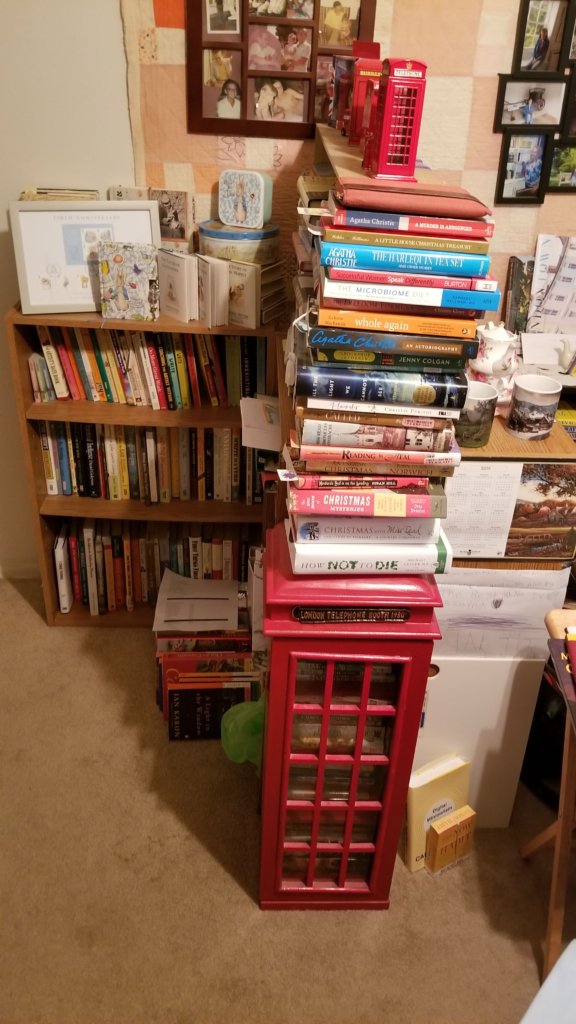
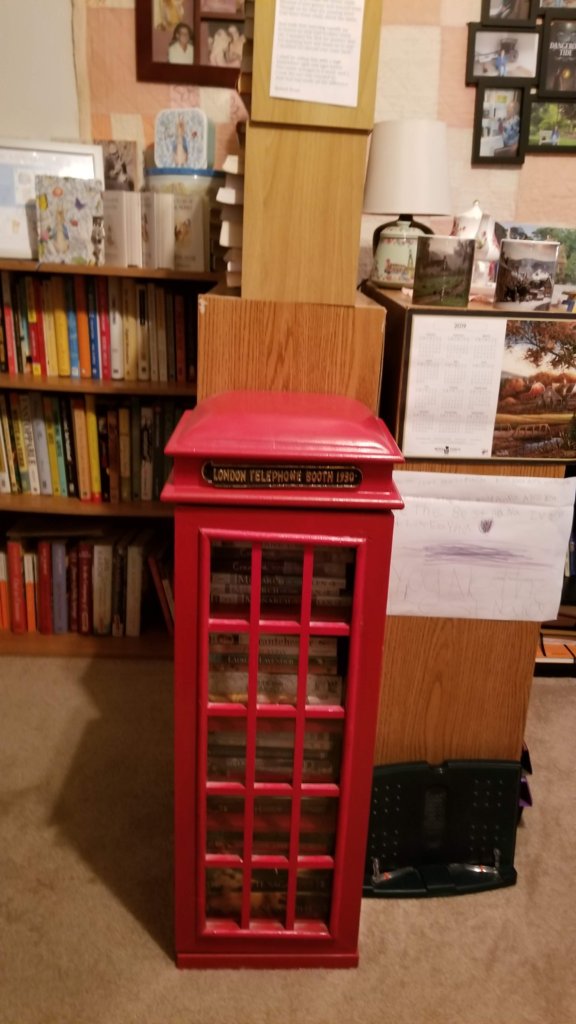
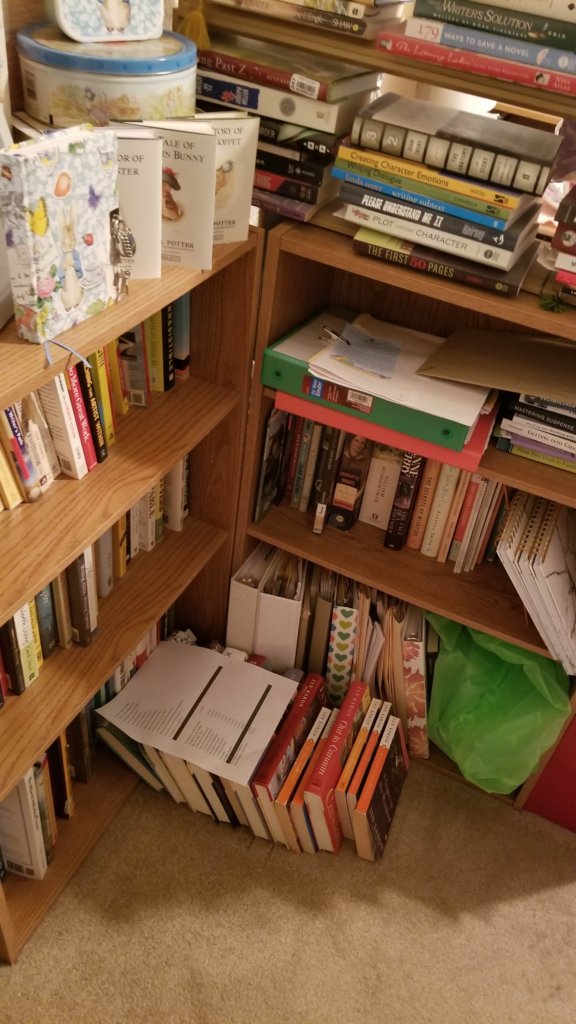
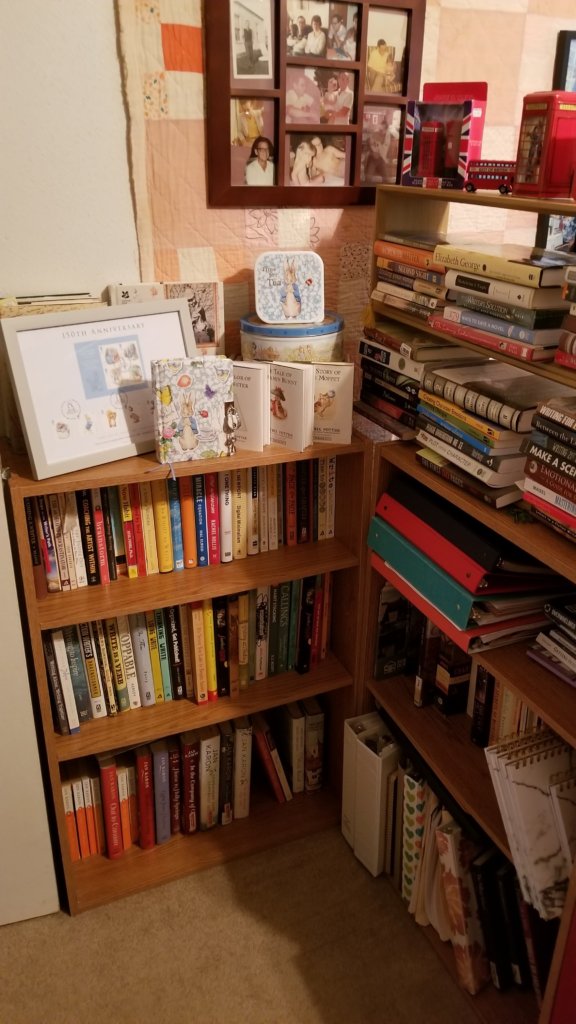
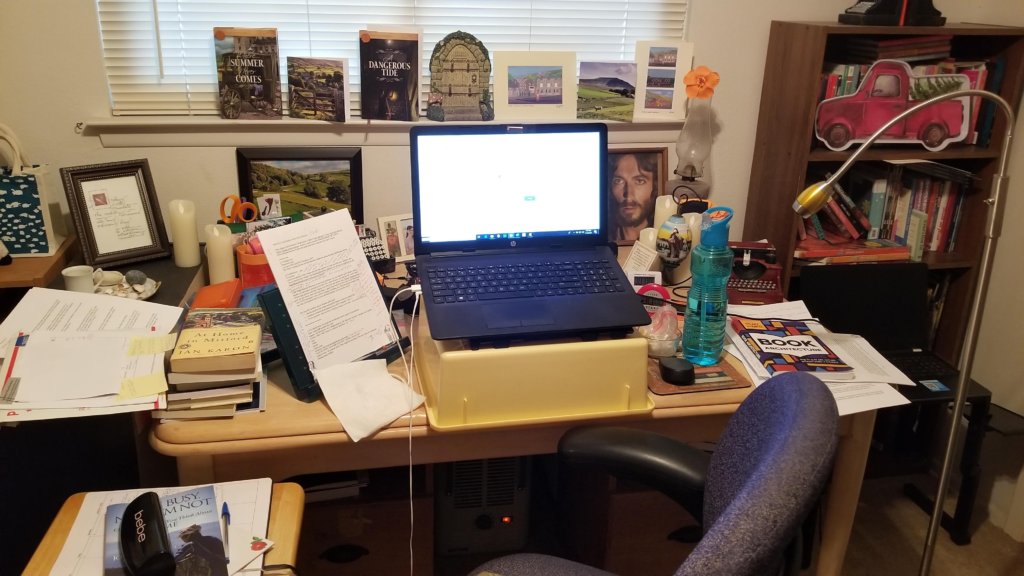
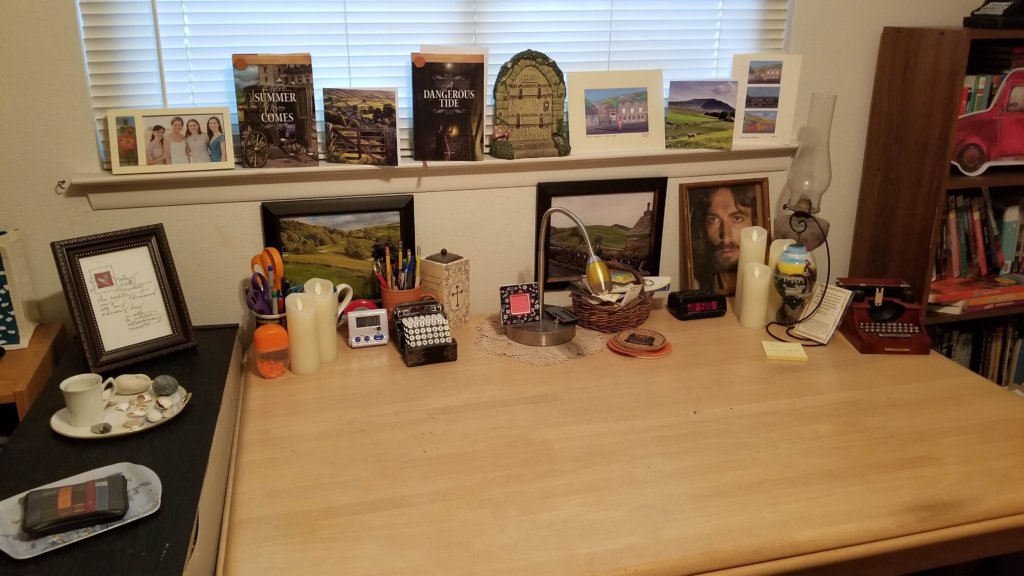
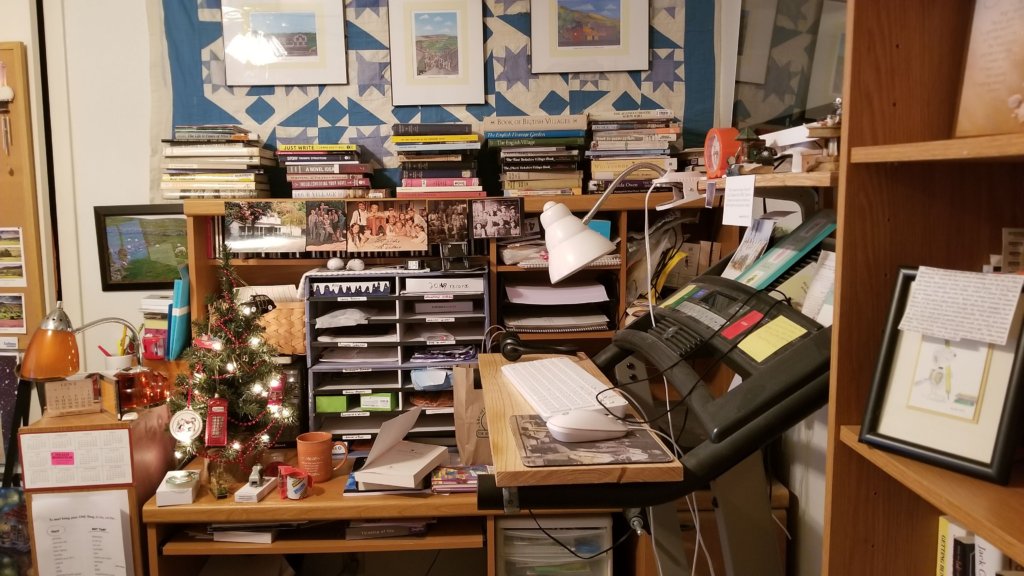
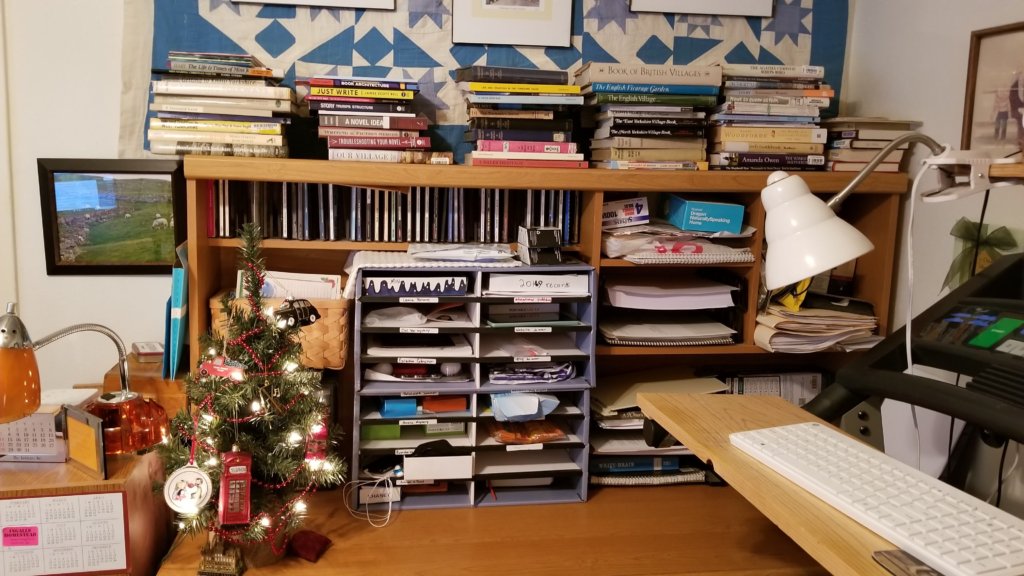
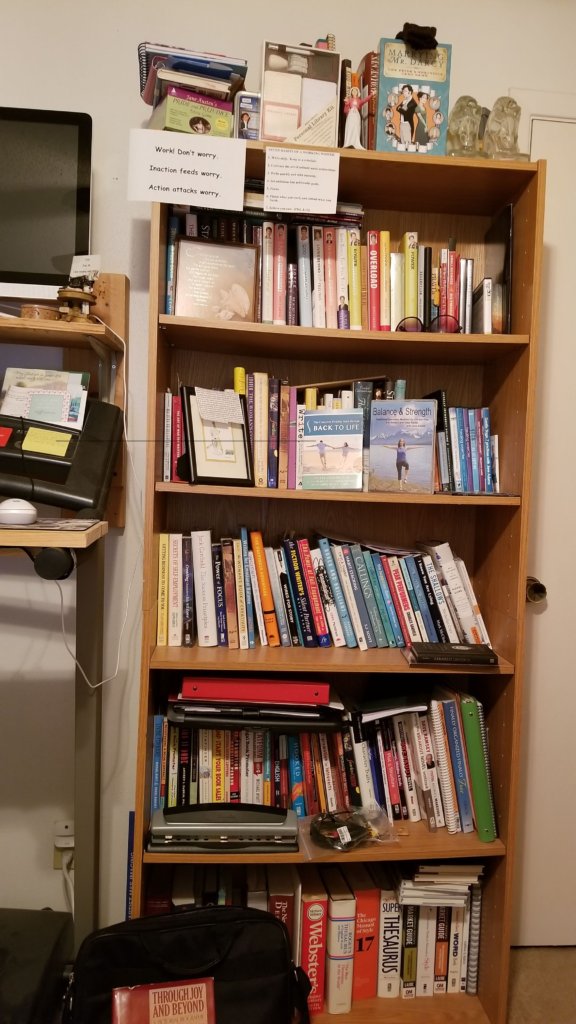
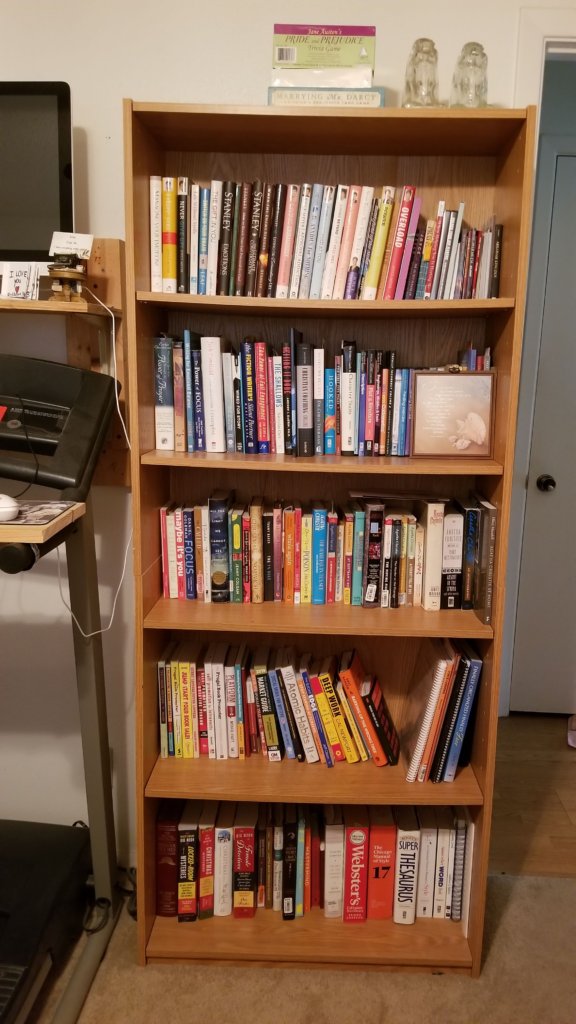
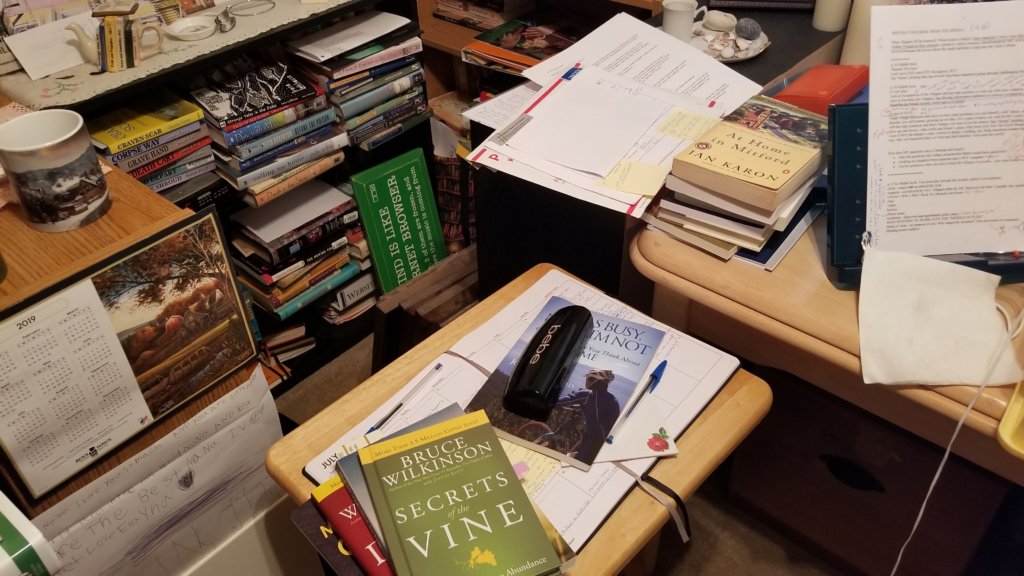
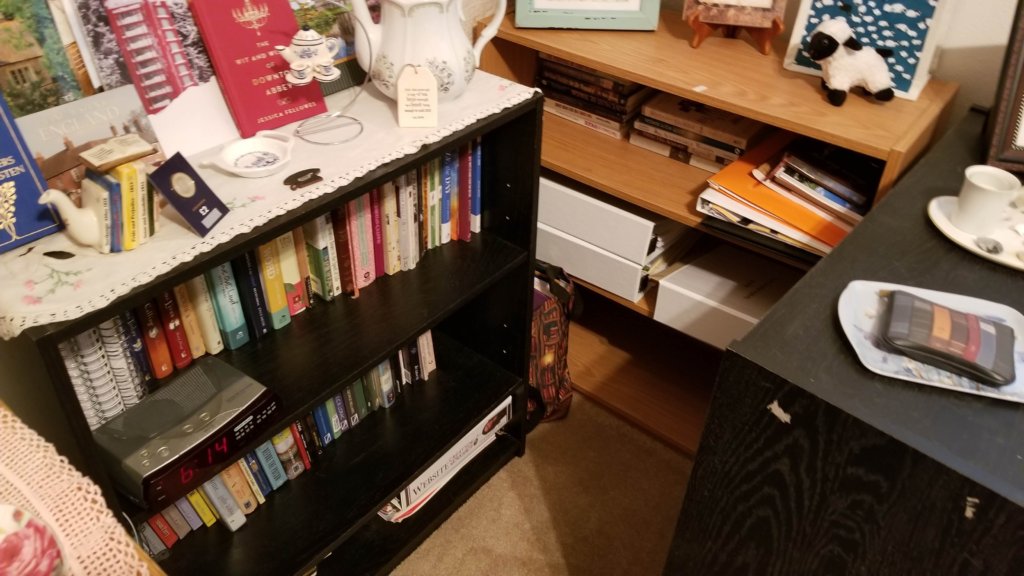
For other ways to focus, try some of these articles.
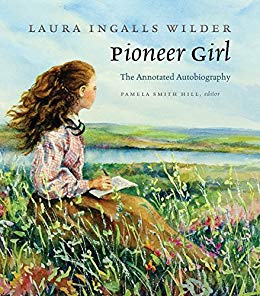 In a slight departure from the writing tips posts, I want to share some photos of the homesteads where
In a slight departure from the writing tips posts, I want to share some photos of the homesteads where 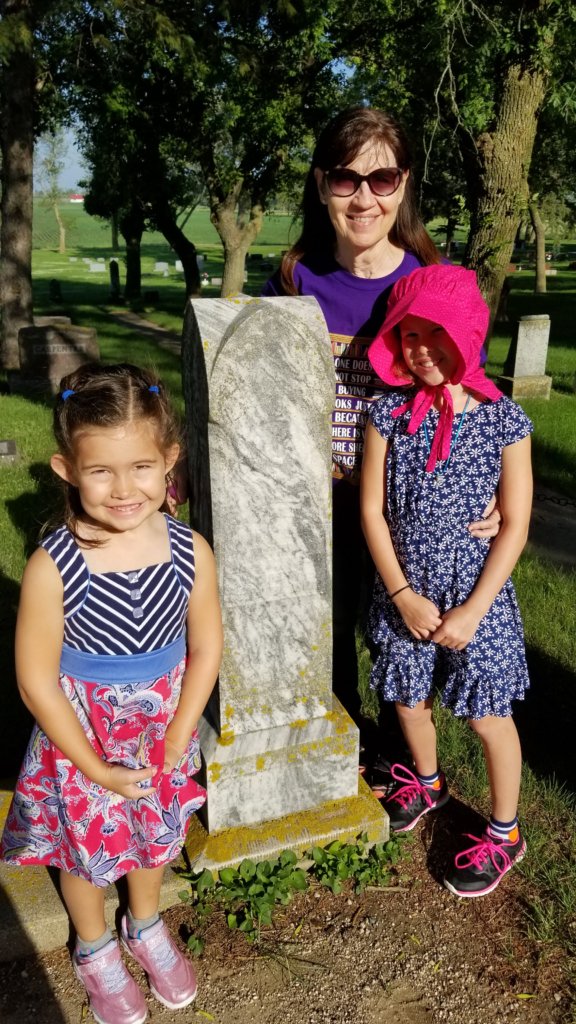
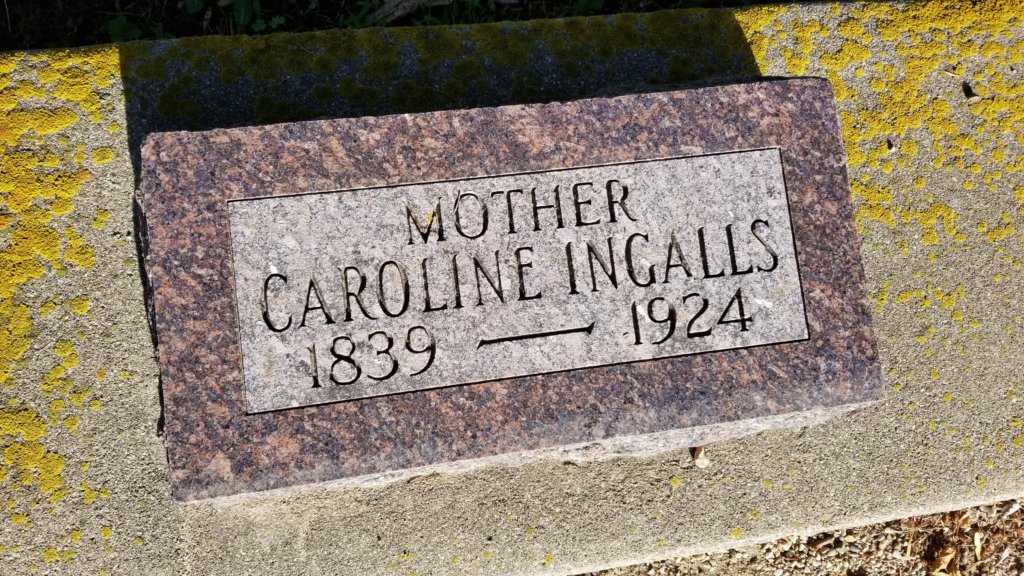
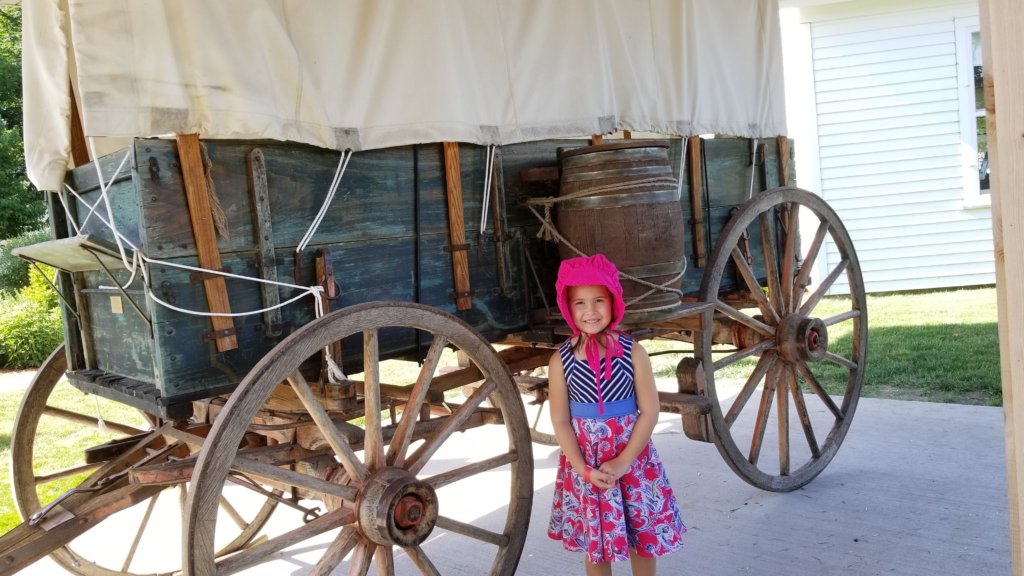
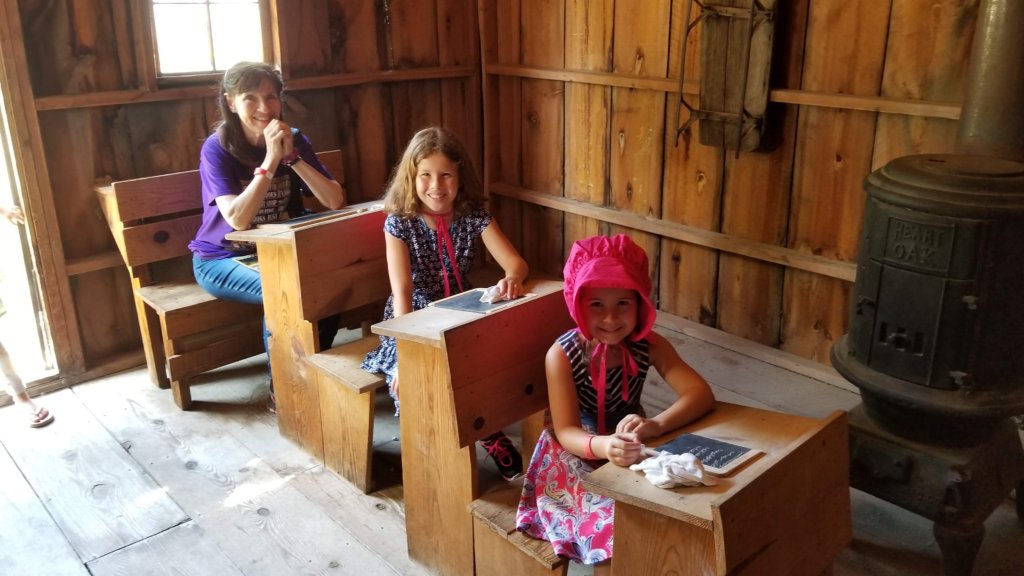
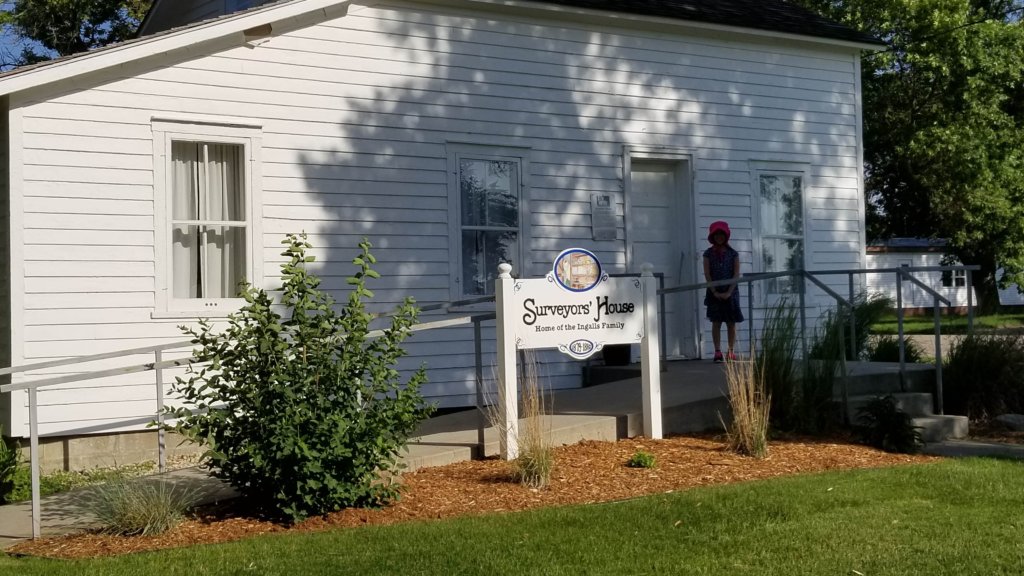
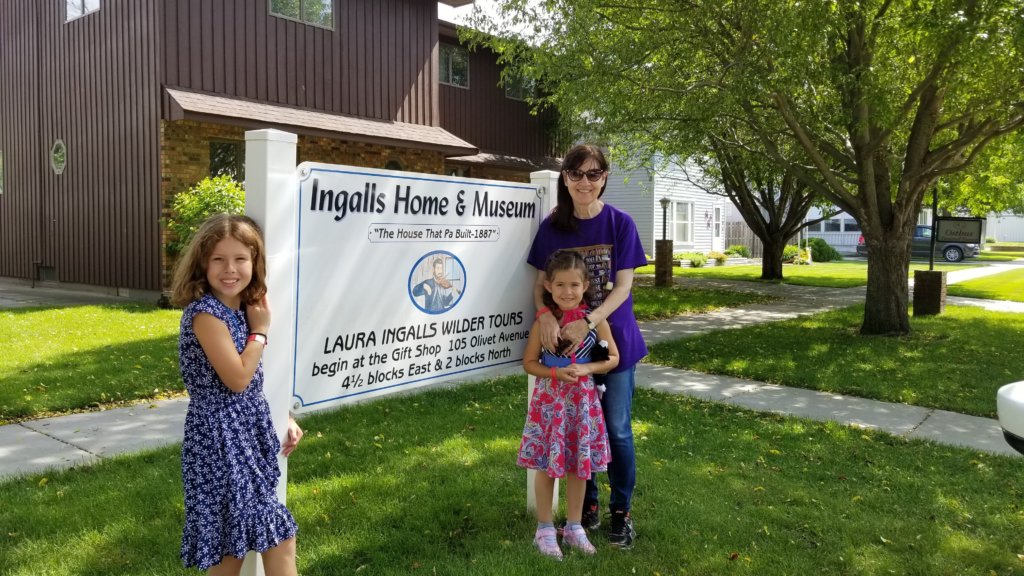


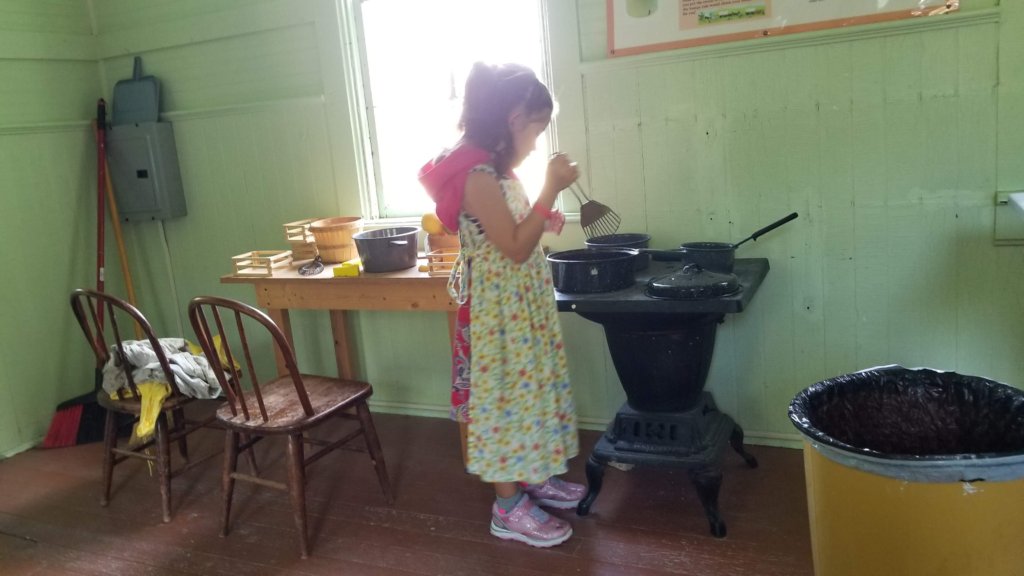
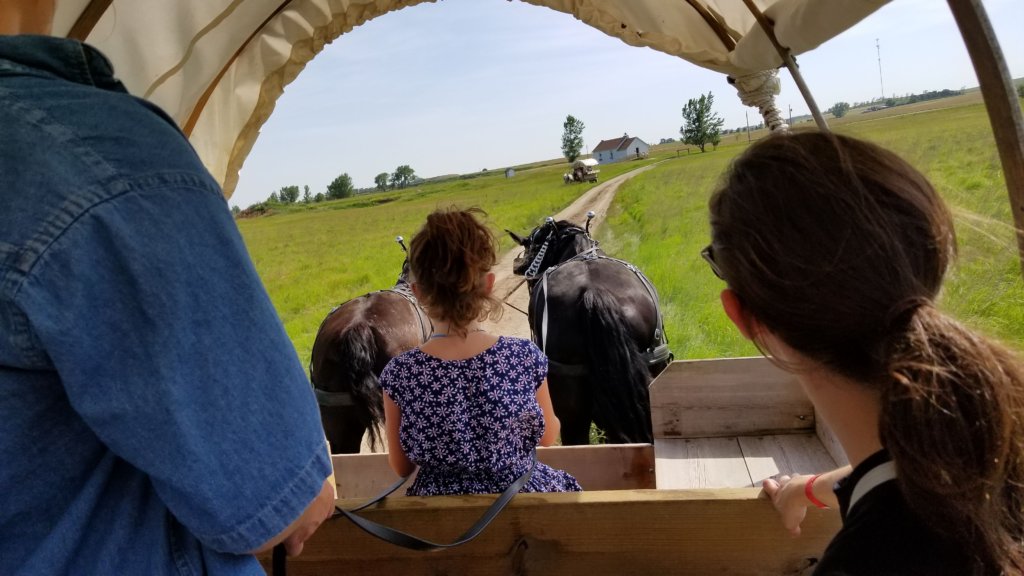
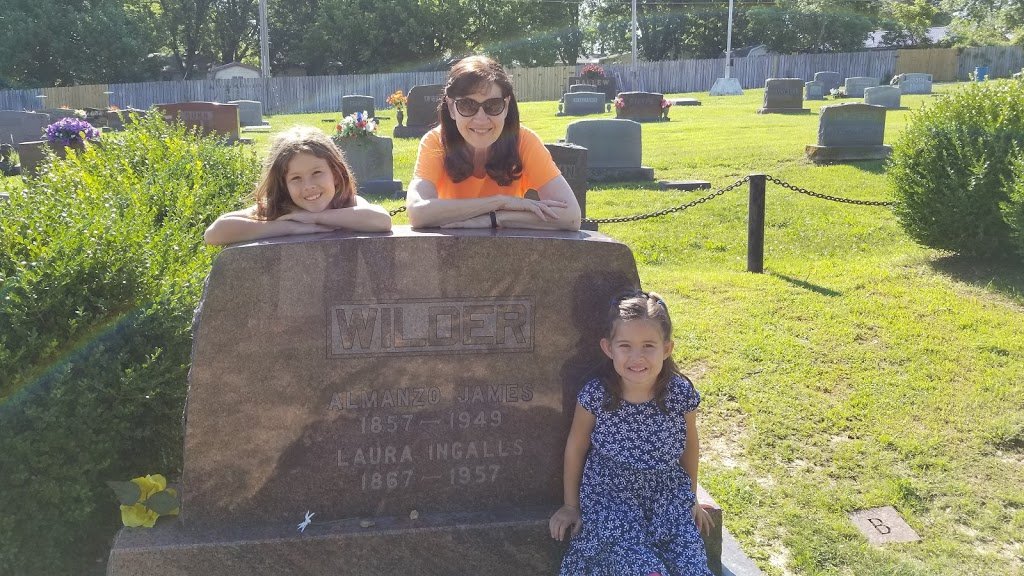


 A light bulb went on when I heard that. Getting started with my writing routine again seemed to take so much energy each time. Apparently it wasn’t my imagination either. I always knew that getting started was the hardest part, but now it made sense why. It took more than half of my energy! I was in the habit now of sitting, not writing, or watching Britbox mysteries, not writing.
A light bulb went on when I heard that. Getting started with my writing routine again seemed to take so much energy each time. Apparently it wasn’t my imagination either. I always knew that getting started was the hardest part, but now it made sense why. It took more than half of my energy! I was in the habit now of sitting, not writing, or watching Britbox mysteries, not writing. 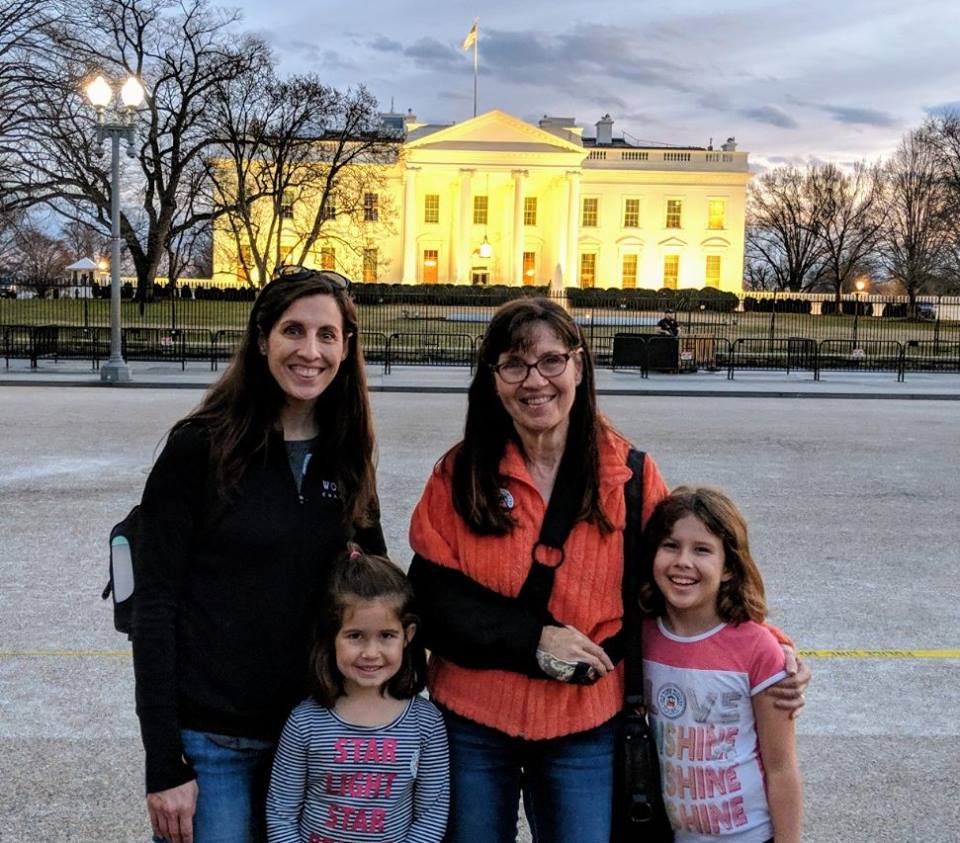
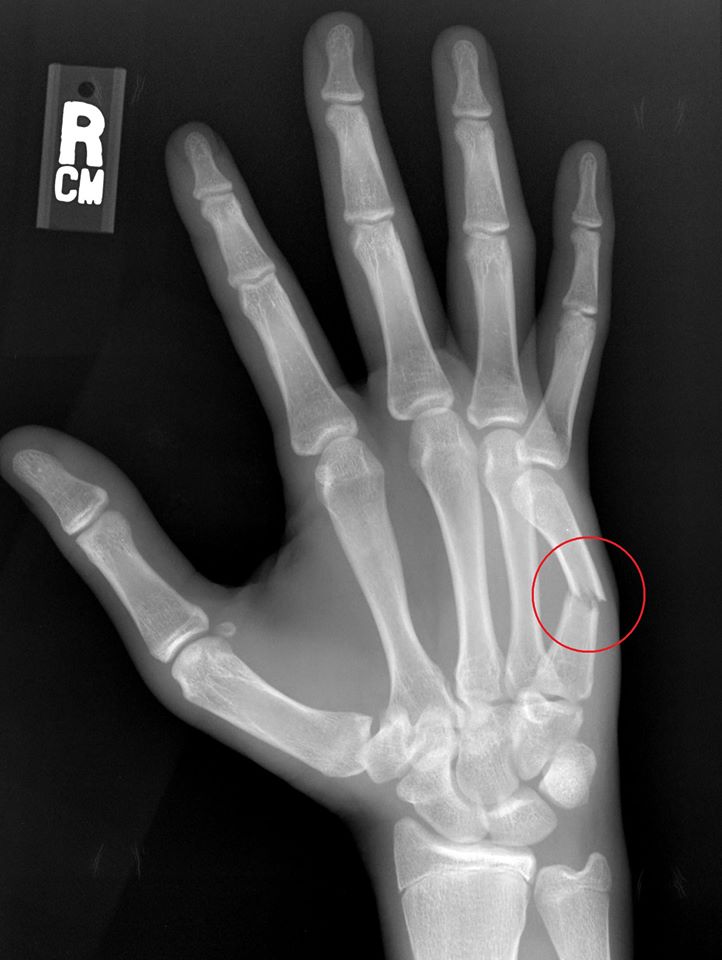
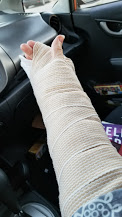
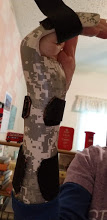

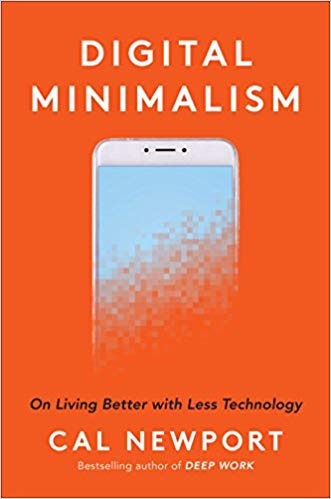 Today I read
Today I read  I read a lot about habits. I used to focus on breaking bad habits because I had a lot of them. Then I had a few so-so years where things were mediocre. That was better, but not the life I wanted, especially in my health and career.
I read a lot about habits. I used to focus on breaking bad habits because I had a lot of them. Then I had a few so-so years where things were mediocre. That was better, but not the life I wanted, especially in my health and career. 